Edited by Dr. Stefano Casali
" first part
Usefulness of the lengthening-shortening cycle
Eccentric contraction serves to:
Pre-activate the muscle, allowing it to begin the shortening phase with maximum tension ("pre-tension"). Otherwise, at the beginning of the shortening it would take a few fractions of a second to reach the maximum tension. The shortening would start anyway, but with less tension (see force-time curve).
Stimulate the stretch reflex.
Stretch the serial elastic components (SEC) of the muscle, accumulating elastic energy. In the shortening phase these components shorten faster than sarcomeres, returning the stored energy. This allows the sarcomeres to shorten less and more slowly, developing more tension ("muscle potentiation"). Thanks to the shortening of the SEC, the muscle would shorten by a few centimeters even if the sarcomeres kept their length.
Force-time curve
Graph by J. Dapena, based on data from Clarkson et al. .

Other examples of elongation-shortening cycle
eccentric is relatively low.

1) Walking
2) Stroke
3) Jumps with the run-up (in long,
up, volleyball ...)
4) Abrupt changes of direction
5) Downhill run and low jump (3000 hedges)
6) Plyometric exercises
Tension of individual fibers
Problem:
As we have seen, the intensity of the eccentric contraction is relatively low in countermovement jumping. It is also low in running, and particularly in long distance running (for example: marathon). Why can this type of running cause muscle injuries?
Hypothetical stretching muscle (speed 0.6 m / s).
20 active motor units
1 active motor unit = 5N
20 N

Hypothetical shortening muscle (speed 0.6 m / s).
100 active motor units
1 active motor unit = 1N
100 N

An answer concerning only the mechanical aspect of the problem:
Not just the muscle as a whole, but each of its fibers is stronger as it stretches. In the eccentric contraction, with the same muscle tension, fewer fibers are recruited than in the concentric contraction. Each fiber produces more strength, so less is needed. For example, 20% of the fibers could be enough to produce 100N of force if the muscle lengthened with a speed of 0.6 m / s, while 100% would be needed if it shortened at the same speed.
The result is that eccentric contraction always subjects the individual fibers to increased mechanical stress, even when the muscle as a whole is not fully activated.
Possible hyper-stretching
Proske & Morgan, J. Physiol. .

Hypothesis by Proske & Morgan:
If a fiber is activated while it stretches, the weaker part of the fiber can over-stretch ("popping-sarcomere") and consequently be damaged or broken.
What has been explained previously suggests that in the concentric and isometric contraction there is a phenomenon of this type less likely, as the tension of the individual fibers is considerably lower.
SUMMARY:
Eccentric contraction generates more force than concentric contraction
Eccentric contraction is used in many sports activities immediately before a concentric contraction (lengthening-shortening cycle)
In sports, a muscle rarely reaches maximum tension during eccentric contraction.
In eccentric contraction, fewer motor units are recruited, but each fiber generates greater force and experiences greater mechanical stress.
AND" plausible (but not yet verified) the hypothesis that the weaker part of the fibers activated during an eccentric contraction may hyper-stretch and damage.
Bibliography:
Arthur C. Guyton .: "Neuroscience - Bases of Neuroanatomy and Neurophysiology". Piccin, II edition.
Busquet L .: "Muscle chains - Trunk, cervical spine and upper limb - Volume I". Marrapese publisher, II edition of the French V, Rome, 2002.
Pirola V .: "Kinesiology - Human movement applied to rehabilitation and sports activities". Edi Ermes, Milan, 2002.
Mézières F .: "Originality of the methode Mézières". Translation by Mauro Lastrico, spec. Mézières Method," Center Mézières ", Paris.
AA.VV. Rapidity and ability to react in youth sports. Rome, SDS Sport culture magazine. Romana Editrice, n.34 January-March 1996.
Zatziorskij V.M., Donskoy D.D., Biomechanics. Rome, Sports Press Society, 1983.
Woestyn J., Study of movement, volume 2 functional anatomy. Rome, Ed. Marrapese, 1978.
Platonov V., Sports training: theory and methodology. Perugia, Mariucci Calzetti Editorial Line, 1996.
Loli G., Exercises for muscle training. Rome, Sports Press Society, 1986.
Gatta F., Heading of muscles and human mechanics. Rome, Sports Press Society, 1984.
Dietrich M., Klaus C., Klaus L., Training Theory Manual. Rome, Sports Press Society, 1997.
Margaria R .: Muscle physiology and mechanics of movement - Mondadori 1975.
Koremberg V.B .: Principles of biomechanical qualitative analysis - Sports Press Society 1983.
Fucci S. - Benigni M .: Mechanics of the musculoskeletal system applied to muscle conditioning - School of Sport CONI 1981.
AA. VV .: Sports medicine - Masson 1982.
Banks H.H .: Sports injuries - Il Pensiero Scientifico publisher 1983.


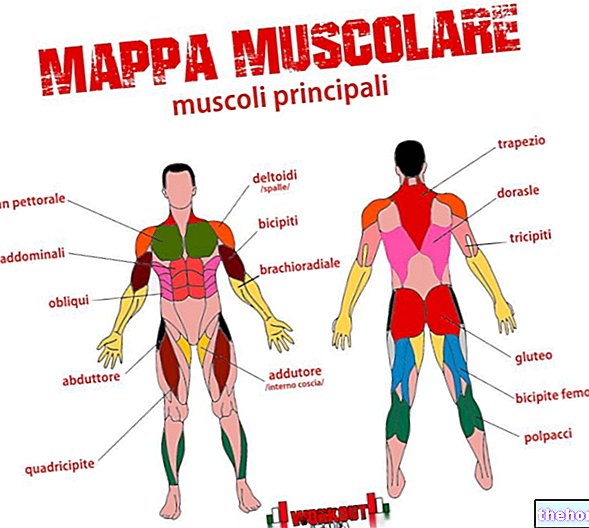
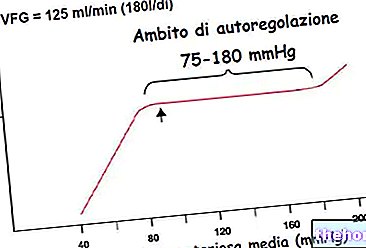
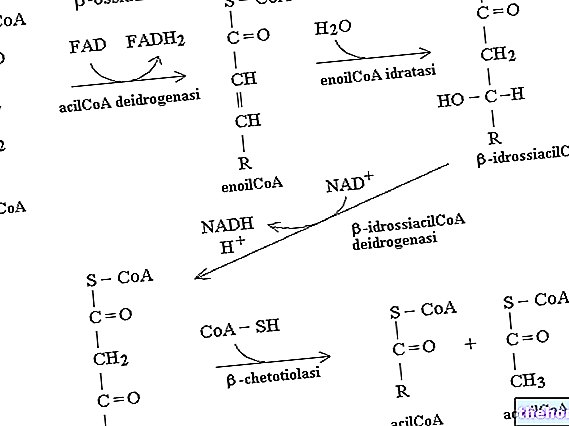
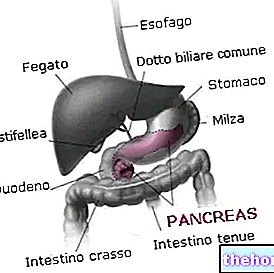
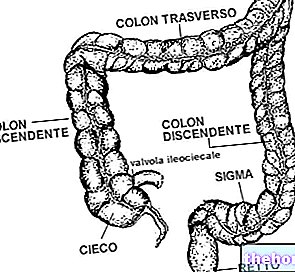









.jpg)











